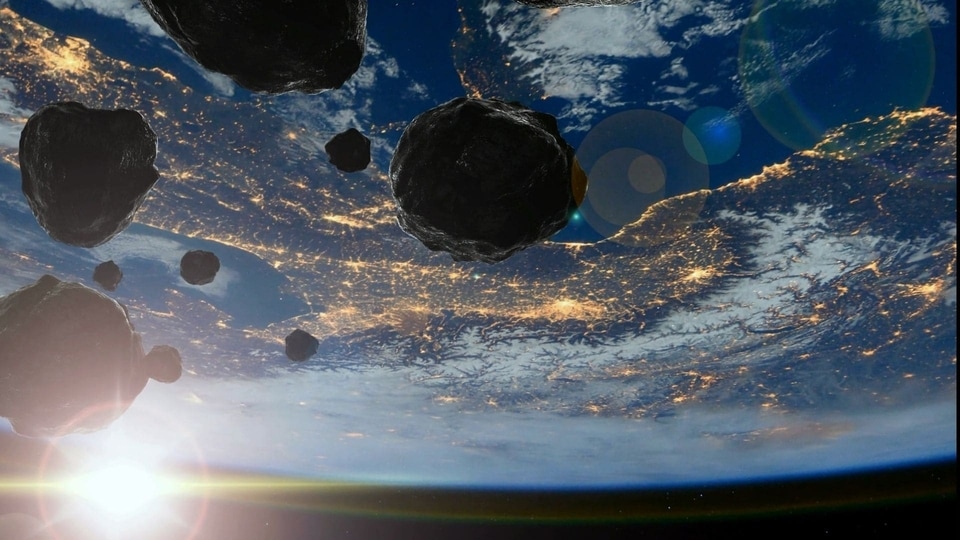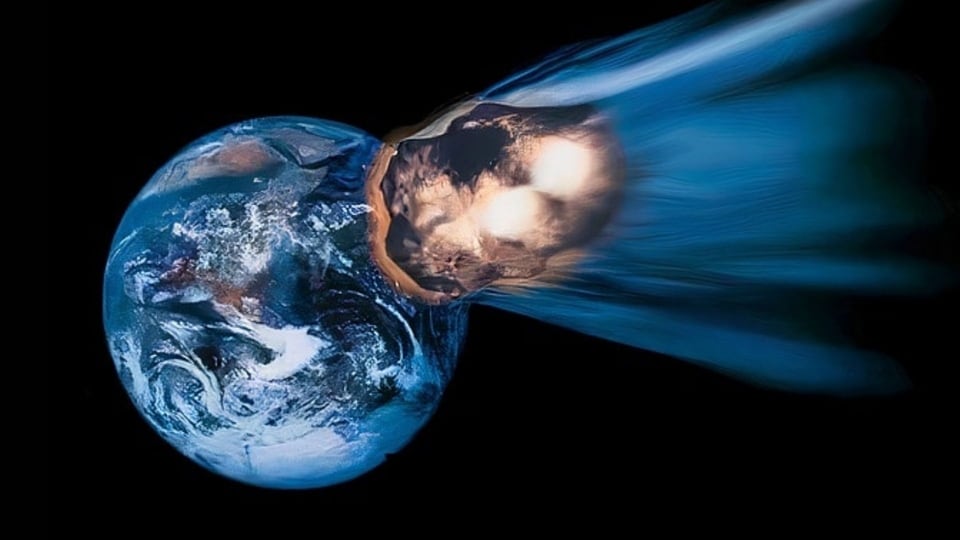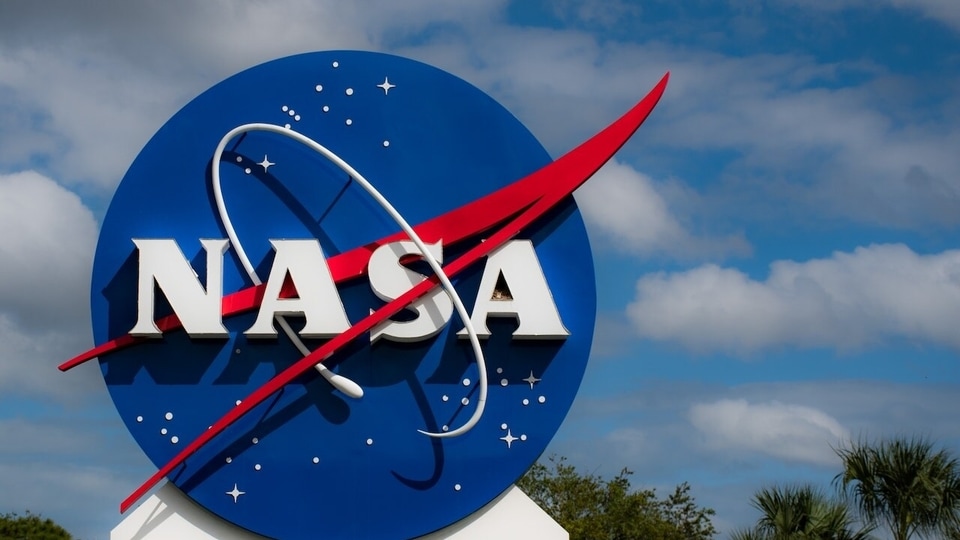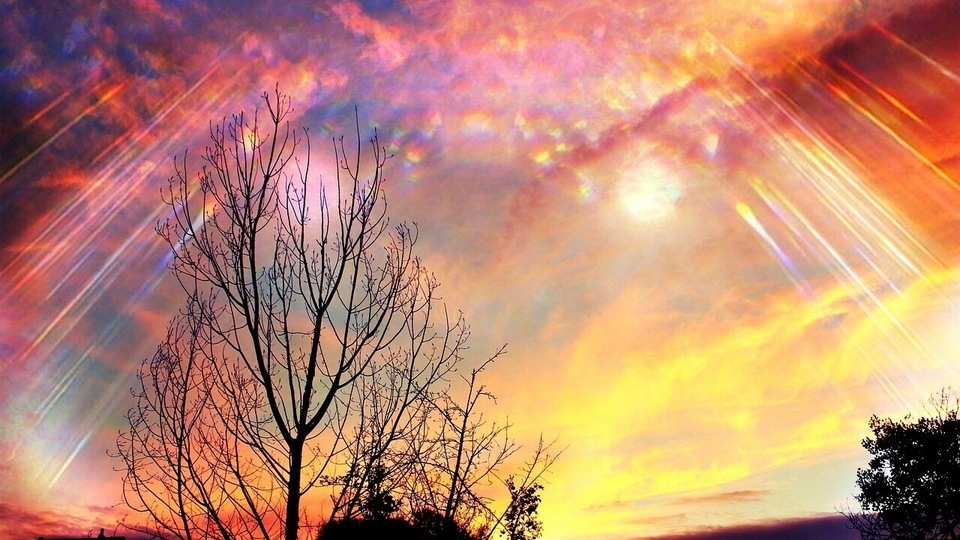Dazzling auroras delight social media as solar storm strikes Earth
A dazzling Northern Lights show lit up the sky due to an unexpected solar storm, surprising skygazers and electrifying social media.






 View all Images
View all ImagesA spectacular northern lights show lit up the sky early on Sunday morning, delighting people and filling social media with stunning pictures. This amazing display was caused by a solar storm that was expected to pass by Earth on Saturday. The experts at NOAA's Space Weather Prediction Center had originally predicted a minor geomagnetic storm (G1) for Saturday night into Sunday morning. However, it turned out to be a much stronger G2 event, making the Northern Lights visible even in areas closer to the equator.
The timing and strength of the geomagnetic storm were a bit uncertain because it depended on when the coronal mass ejection (CME) from the Sun reached Earth and how much it affected our planet's magnetic field.
During a G1 or G2 storm, one of the most common effects is that the Northern lights appear further south than usual. These beautiful displays are caused by solar flares from the Sun. The charged particles from these flares interact with the gases high up in our atmosphere, creating different colours of light. NASA explains that the colours vary because of different gas particles in the atmosphere and the type of light they emit.
People across North America, from Alaska to New Hampshire, and even in places like Newfoundland, Quebec, Ontario, British Columbia, and the Prairies, captured these breathtaking auroras and shared them on social media platforms like X (formerly Twitter).
What are Coronal Mass Ejections (CMEs)?
Coronal Mass Ejections, or CMEs, are massive bursts of plasma and magnetic fields from the Sun's outer layer, called the corona. They can release billions of tons of material and carry a strong magnetic field. CMEs travel at different speeds, with some reaching Earth in as little as 15-18 hours, while others take several days. As they move away from the Sun, CMEs grow in size, and some can cover a significant portion of the space between Earth and the Sun when they arrive.
Catch all the Latest Tech News, Mobile News, Laptop News, Gaming news, Wearables News , How To News, also keep up with us on Whatsapp channel,Twitter, Facebook, Google News, and Instagram. For our latest videos, subscribe to our YouTube channel.
































